How Iran's Islamic revolution gained foothold in Kashmir
By Syed Zafar Mehdi
Soon after the pro-West puppet regime in Iran was toppled through a popular socio-political movement in 1979, the founder of the Islamic Revolution, Ayatollah Rohullah Mosavi Khomeini, famously declared that the revolution will challenge and decimate arrogant powers across the world.
The path-breaking idea was incorporated in the country’s constitution, affirming Iran’s support for the “just struggles” of the oppressed against the oppressors, which later paved the way for a revolutionary movement that took the Muslim world by storm, including in the Indian subcontinent.
So what began as a popular nationwide uprising against the hideous plot to westernize Iran transformed into a global movement against despotism, tyranny and hegemonic schemes of the world’s arrogant powers.
Nations took inspiration from Imam Khomeini’s spirited, unwavering resistance to free his country from the clutches of foreign powers, who remotely controlled their local minions.
Over the past four decades, the movement has gripped the hearts and minds of people everywhere. To invoke the Leader of the Islamic Revolution, Ayatollah Seyyed Ali Khamenei, the Islamic Revolution is akin to the scent of spring flowers carried by breeze to different corners of the world.
In Kashmir, the picturesque Himalayan region ravaged by decades of conflict, the breezy fragrance feels more strongly 43 years on. The “abode of Sufis and Saints”, which embraced Islam in the 14th- and 15th-century courtesy of Iranian religious missionaries like Syed Sharafuddin Bulbul Shah, Mir Syed Ali Hamadani, and Mir Syed Shamsuddin Araqi, adopted Imam Khomeini’s revolution in letter and spirit.
Since 1979, pro-resistance groups in the world’s most militarized region have used Iran’s Islamic Revolution as a powerful mechanism to mobilize masses against forces that perpetuate various forms of injustice and snatch people’s fundamental rights.
The appeal of Imam Khomeini’s resistance manual cuts across sectarian lines in the Muslim-majority region, with both Shias and Sunnis crediting him for reinvigorating their struggle for freedom from oppression, subjugation and occupation.
Today, the biggest public rallies to mark the anniversary of the Islamic Revolution outside Iran are held in Indian-controlled Kashmir – in places like Srinagar, Budgam and Kargil. Around this time of the year, streets in these places are dotted with pictures and banners, paying glowing tribute to Imam Khomeini and his companions.
To put things into perspective, Imam Khomeini had a deep and personal affiliation with Kashmir. The unshakeable allegiance of Kashmiris to the ideals of the Islamic Revolution has to be seen in the context of the advocacy of their longstanding political struggle by both Imam Khomeini and his worthy successor, Ayatollah Seyyed Ali Khamenei.
Way back in 1965, during a speech in Najaf (Iraq), Imam Khomeini had equated Kashmir with Palestine. He called on Muslims across the globe to lay aside their differences and unite in support of causes like Kashmir and Palestine.
That was before all hell broke loose in the contested region in the late 1980s. While the situation turned from bad to worse in the 1990s, Iran’s support remained steadfast.
Ayatollah Seyyed Ali Khamenei, known for his unequivocal and utterly blunt statements, has followed his mentor’s roadmap on Kashmir. He has often emphasized the “just struggle” of Palestinians and Kashmiris in his sermons and speeches.
One of his widely-reported statements came on the occasion of Eid al-Fitr in 2017, when he spoke of “many wounds inflicted on the body of the Muslim world”, singling out Bahrain, Yemen and Kashmir, and urging Muslims to “openly support” people in these countries. The statement wasn’t received well in New Delhi, which considers Kashmir an “internal issue”.
After the events of August 2019, the Leader of the Islamic Revolution again called on the Indian government to “adopt a just policy towards the noble people of Kashmir and prevent the oppression and bullying of Muslims in this region.” The statement was widely welcomed and hailed in Kashmir, while ruffling feathers in New Delhi.
Ayatollah Seyyed Ali Khamenei had in 1980, a year after the triumph of the Islamic Revolution, visited Kashmir, when he delivered a historic lecture at Srinagar’s Jamia Masjid. He also joined congregational prayers led by then Kashmir’s chief priest Mirwaiz Mohammad Farooq and visited the residence of Kashmir’s then top Shia leader and my grandfather, Ayatollah Syed Yusuf Mosavi.
Imam Khomeini had, through his envoy, conveyed special greetings to Ayatollah Syed Yusuf Mosavi for his indefatigable efforts in championing the cause of the Islamic Revolution and Islamic revival in Kashmir.
Their association dated back to the years when Imam Khomeini was in exile in Iraq. They had exchanged a series of letters, discussing important issues, through Ayatollah Syed Yusuf’s son Syed Fazlullah Mosavi, who was a student in Najaf. In one of the letters, Ayatollah Syed Yusuf invited Imam Khomeini to Kashmir, assuring him safety and protection there.
According to an account mentioned in the book “Tajalliyat” by Allamah Syed Baqir Mosavi, during his time in Paris, when Imam was asked by a French journalist where he would prefer to go if his asylum was revoked by the French government, his answer was “Kashmir”. It demonstrated his profound love and trust in Kashmiris.
After the 1979 revolution, a stream of religious scholars, diplomats and political dignitaries traveled to Kashmir, most notably Ayatollah Seyyed Ali Khamenei, Ayatollah Reza Mahdavi Kani, and others after them. Their visits cemented the historic ties between Iran and Kashmir, also known as Iran-e Saghir, and further bolstered support for the Islamic Revolution.
Today, people in this Himalayan region draw spiritual as well as resistance leadership from the Islamic Republic of Iran. They celebrate the anniversary of the Islamic Revolution every year with great enthusiasm. They continue to see themselves as loyal soldiers of the Islamic Revolution.
As a testament to their love and loyalty for Iran and the Islamic Revolution, today we find town squares in Kashmir named after the leaders of the Islamic Revolution, including Imam Khomeini and Imam Khamenei. We see social and cultural organizations named after martyrs like Murtaza Mutahhiri and Mohammad Beheshti. We see youth emulating Qassem Soleimani, Mohsen Hojaji and Ibrahim Hadi, reading and writing about them.
After the January 2020 assassination of Lieutenant General Soleimani and his Iraqi trenchmate Abu Mahdi al-Muhandis, the second-in-command of Iraq’s Popular Mobilization Units in a US drone airstrike near Baghdad International Airport, tens of thousands of people took to the streets in Kashmir. They burned the effigies of then-US President Donald Trump and his minions, and reaffirmed their pledge to the sacrosanct ideals of the Islamic Revolution. The same ideals fuel their discontent and anger at the arrogant powers at home.
This is the miracle of Imam Khomeini and his illustrious legacy of speaking truth to power. The legacy that is rooted in history, in the events of Karbala 14 centuries ago.
Syed Zafar Mehdi is a Tehran-based journalist, editor and blogger. He has reported extensively from Kashmir, India, Pakistan, Afghanistan and Iran for leading publications worldwide.
(The views expressed in this article do not necessarily reflect those of Press TV.)
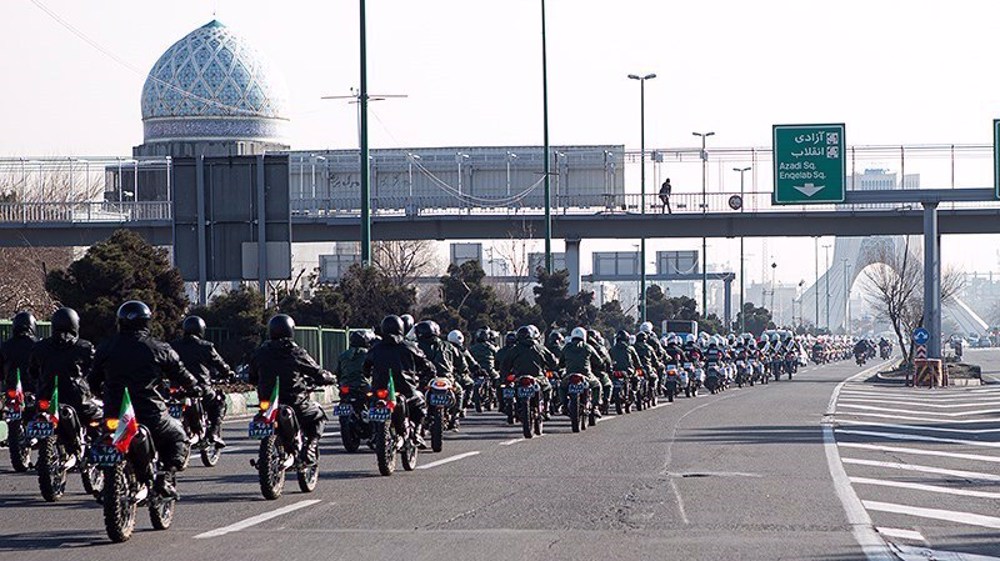
Iran begins celebrations marking victory of Islamic Revolution
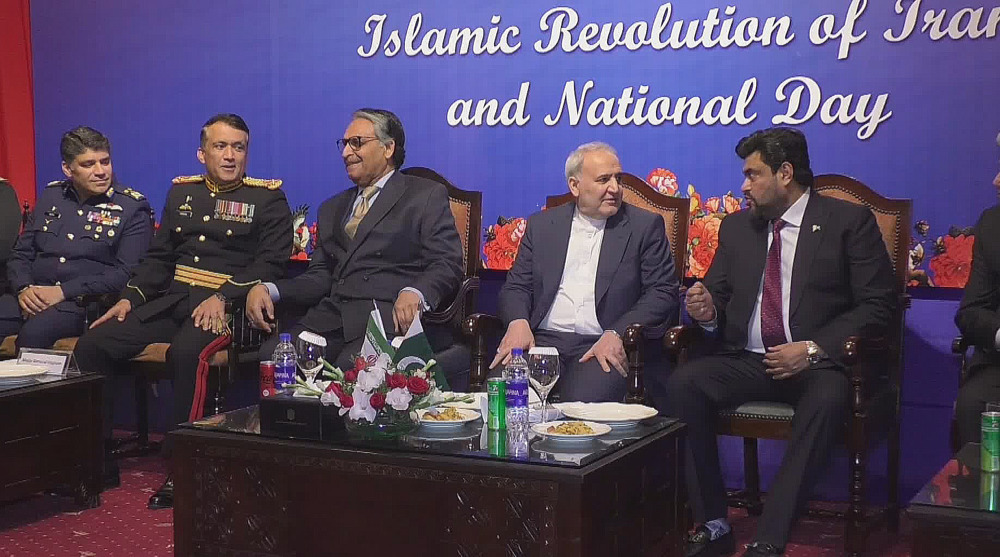
Pakistan joins global celebrations marking Iran’s Islamic Revolution anniversary
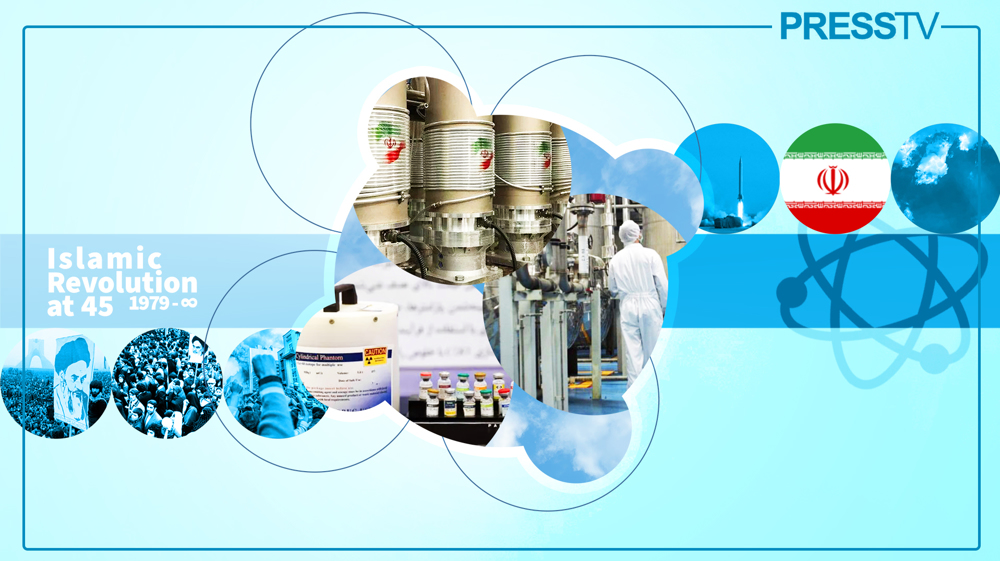
Islamic Revolution at 45: Iran continues to take giant leaps in nuclear technology
VIDEO | Exclusive: Yemeni eyewitnesses say US warplanes targeted civilians in their homes
VIDEO | Press TV's news headlines
‘Guardians of Revolution’: IRGC warns enemies it is at ‘peak of all-out readiness’
Microsoft collaboration in Gaza genocide
VIDEO | Senior Hamas-allied leader killed in Israeli drone strike south of Beirut
Syria arrests Islamic Jihad officials after US ties sanctions relief to ban on Palestinian groups
Gaza children dying not only from bombs, but hunger: Health Ministry
Israeli strikes kill nearly 10 Gazans, including two children, in new aggression


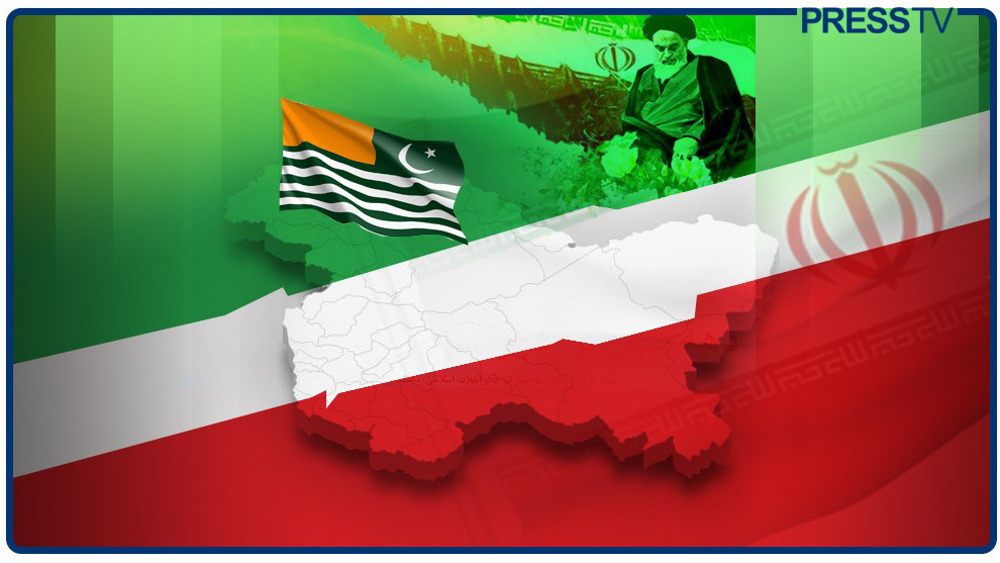



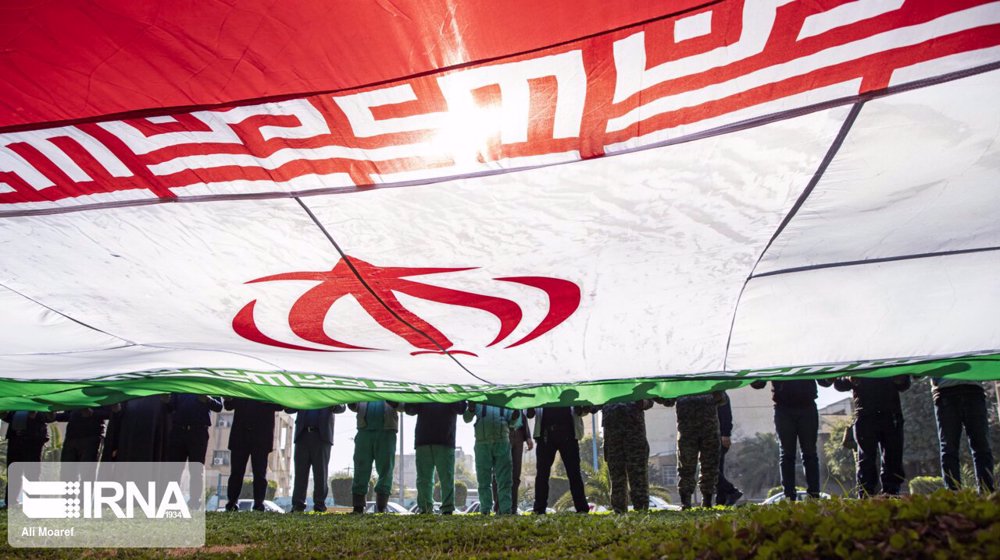

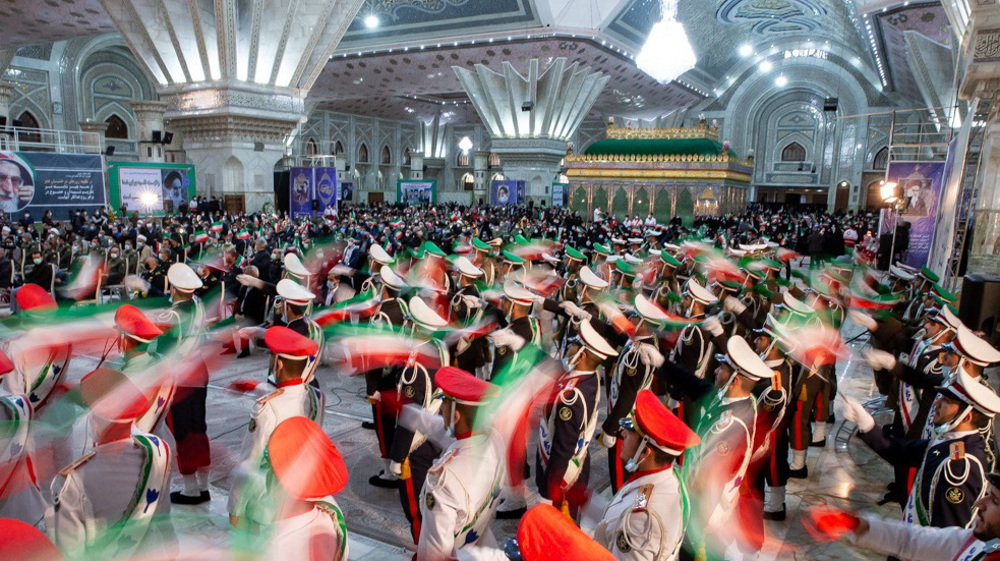
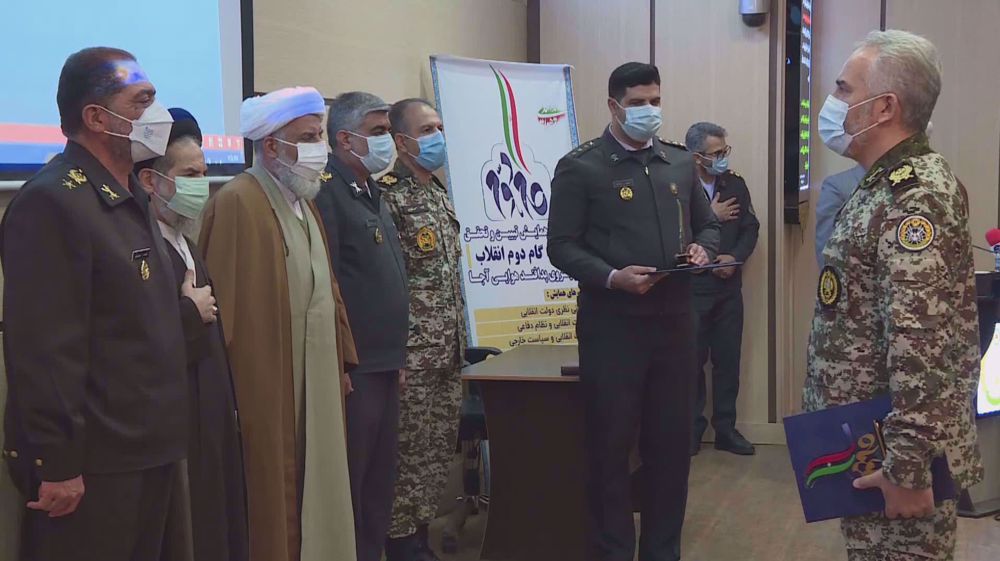
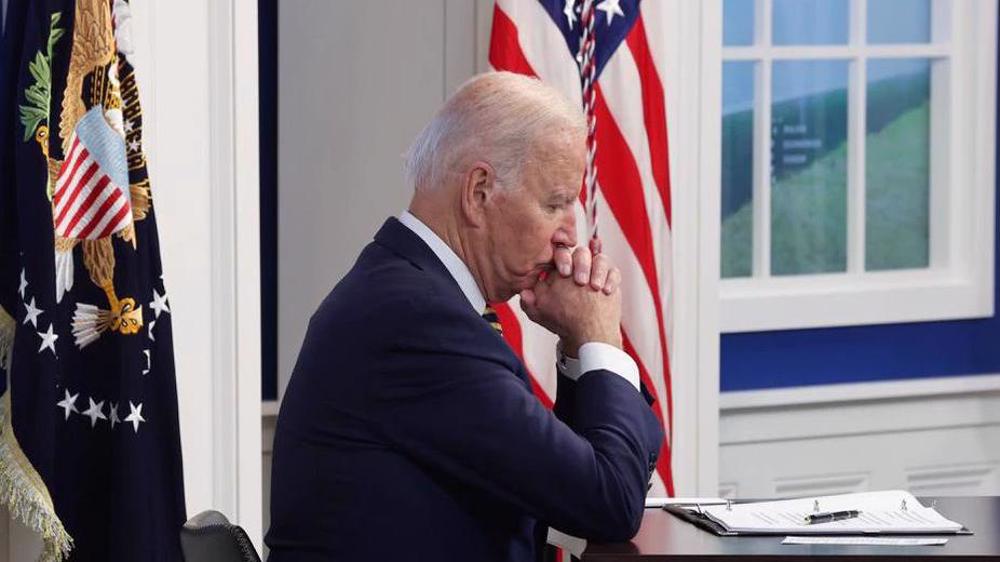
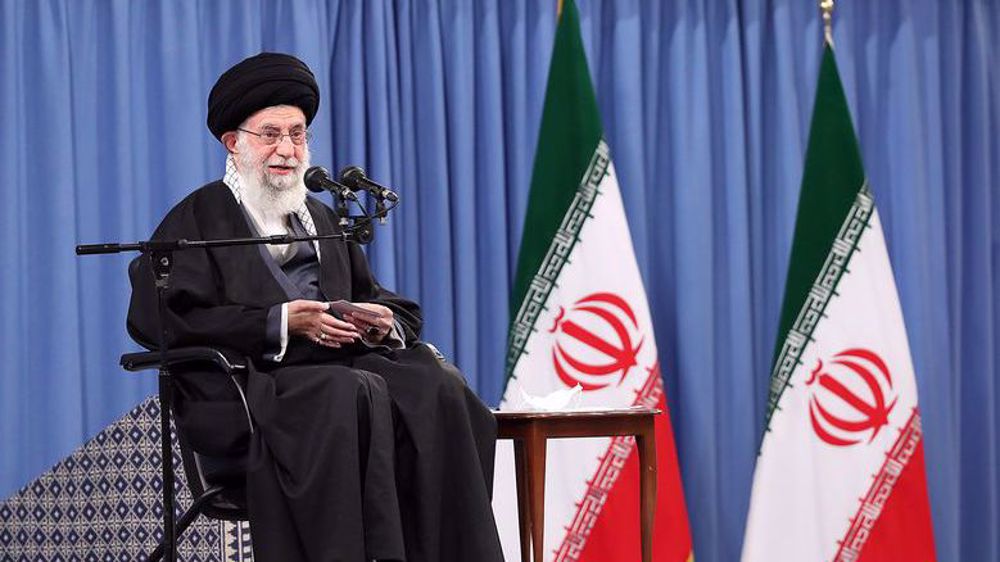

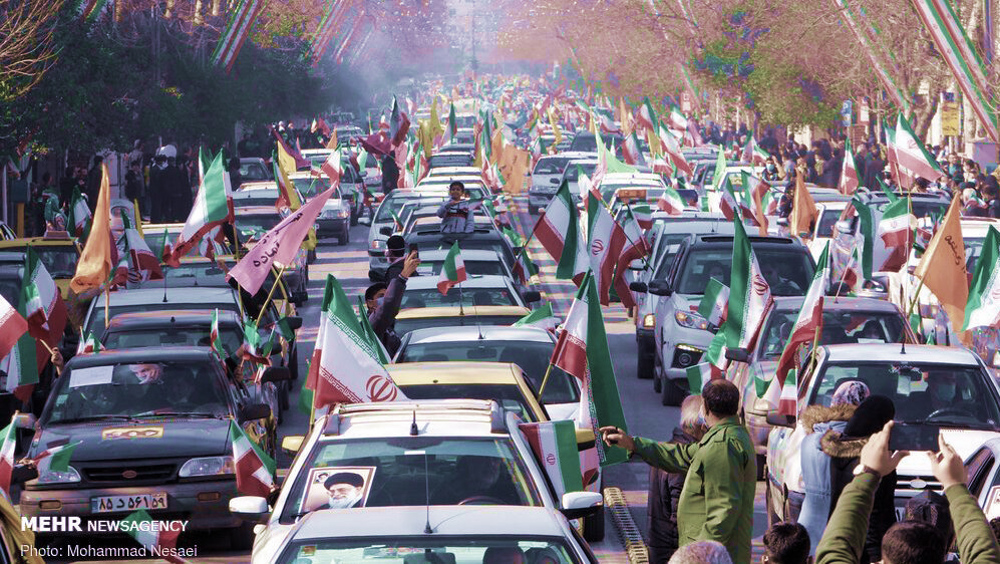


 This makes it easy to access the Press TV website
This makes it easy to access the Press TV website